Sun pipes & natural light
How do sun pipes work?
Also known as a tubular skylight, sun pipe, light tunnel or sun tile, a daylight system consists of a polycarbonate cover – a dome, square or tile – sited on a roof or outside wall that sits over an aluminium tube which in turn runs through a loft or down a storey into the house.
Natural light travels down the tube to illuminate a dark landing, stairwell or bathroom or any space where you would otherwise need artificial lighting at all times. The interior of the tube has a mirror-finish that reflects and intensifies light and the dome incorporates a lens that refracts and intensifies the light. A diffuser in the ceiling spreads the light so that it illuminates the room rather than just the area beneath it – the diffuser can also be wired so that it act like a conventional light in the evening.
By using elbow joints, a tube can turn through up to a 90° angle, meaning that you can install the tube through a flat or a sloping roof, nor does the area to be lit have to be close to the exterior point of entry: you can add more sections of tubing depending on your requirement. The outside dome and the adjoining tube come in a range of diameters, with 25cm, 30cm and 35cm the most popular for domestic use. Generally the wider the tube, the further the light can travel – a 25cm diameter tube will be effective up to 3.5m and a 53cm tube up to 6m (figures from Solatube).
Is it easy to install a sun pipe yourself?
To attach a dome or square to a flat or pitched roof you will need to remove between two and four tiles or slates from around the area where the flashing plate is to be fitted. The tube slides between joists and rafters in the roof without any structural alterations, and manufacturers claim that it’s a three to four hour job to do yourself using the kit supplied. You will need the right tools, and if working on a roof more than 1.5m high, safety scaffolding.
The sun tile, a more recent invention, is even less obtrusive and simpler to install. It is a clear plastic tile that comes in a range of different shapes to replace one of your existing roof tiles, and when installed it is just as robust as another tile. To install it is simply a matter of taking up one roof tile and cutting through felt, plasterboard and insulation material.
Provided you have a cupboard to box in the tubing, you can light up an area on the ground floor of a two storey house, up to 8m distant for a sun pipe or 5.5m for a sun tile. This is useful at planning stage as it allows you to make the most of space, such as in an en suite bathroom or shower room where a daylight system can take the place of windows. It can even save energy and money in use – Suntile’s estimate is that one sun tile saves £30 annually in electricity.
You will need planning consent for a sun pipe or tile in a conservation area, but it’s unlikely there would be any objection to a sun tile as it is so discreet. As an alternative to a dome or square, you can install an exterior glass panel with wooden crossbar that resembles a Victorian rooflight, to comply with Building Regulations.
Costs vary according to systems, but a Solatube kit based on 25cm diameter tube extending 4m and including two elbow adaptors costs £223.14, while the basic double pantile kit from Suntile, including 3.4m of tube, costs £115.74 (inc VAT and delivery). Suntile makes a range of kits for different types of tiles. An added bonus of all the systems is that they are generally maintenance free, and the exterior dome/square/tile is self-cleaning. Try Monodraught, Solatube and Lightpipe for sun pipe systems, or Suntile for the tile system.
Image: This illustration by supplier Solatube shows how a typical sun pipe might be installed




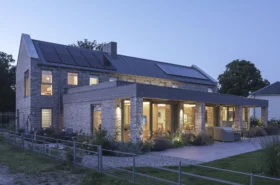





















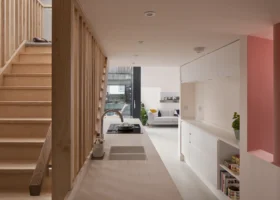


















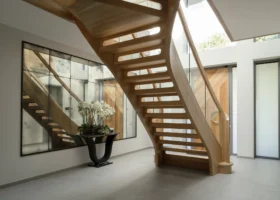

















































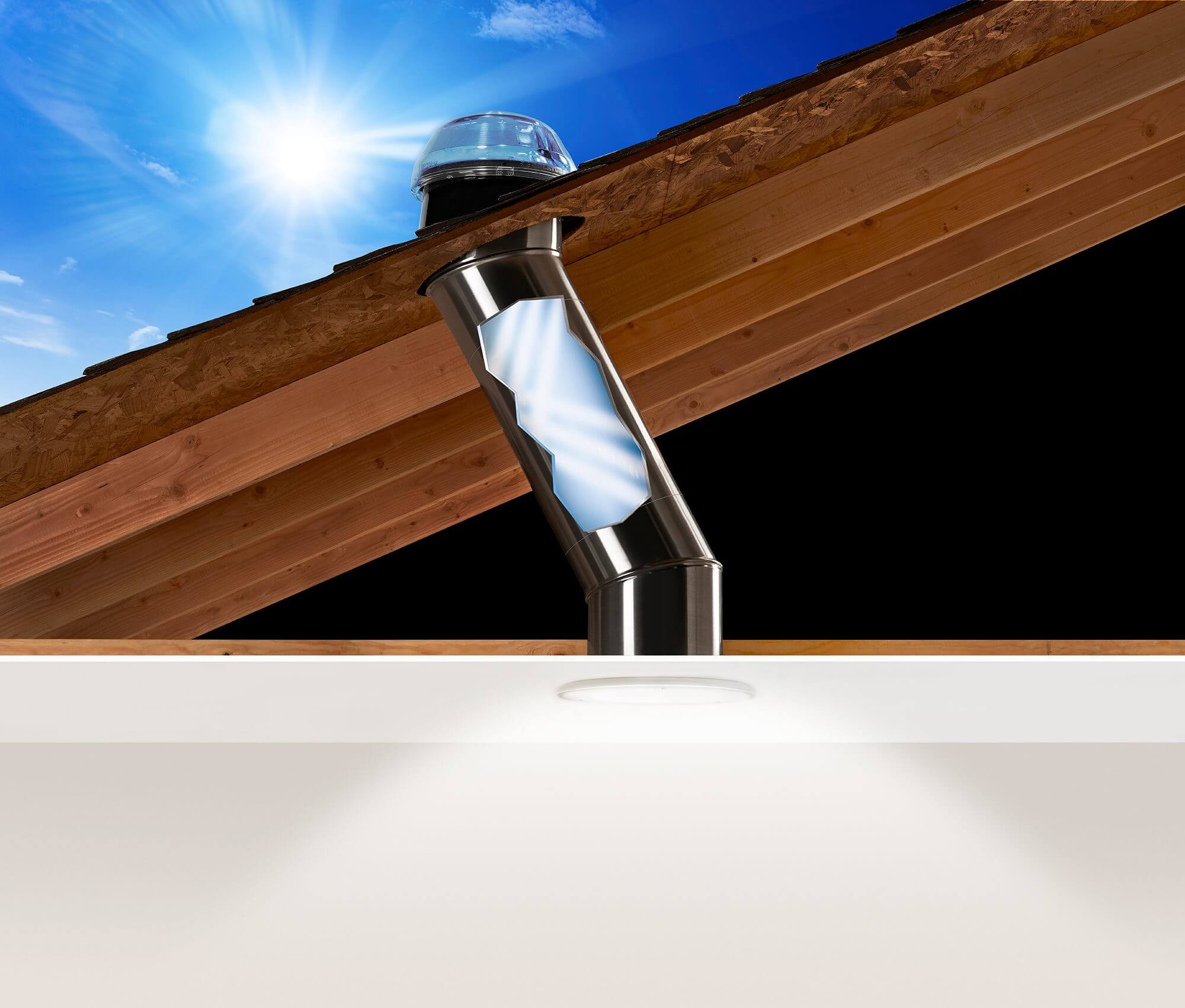
 Login/register to save Article for later
Login/register to save Article for later



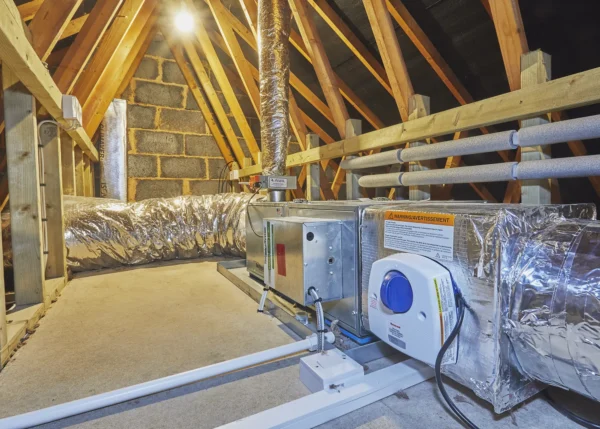








Comments are closed.